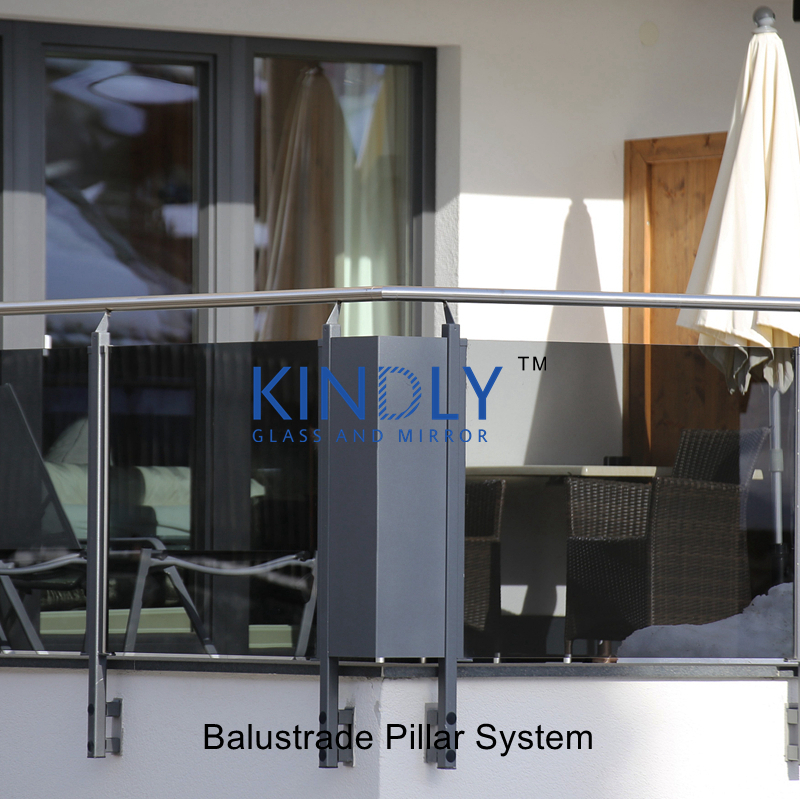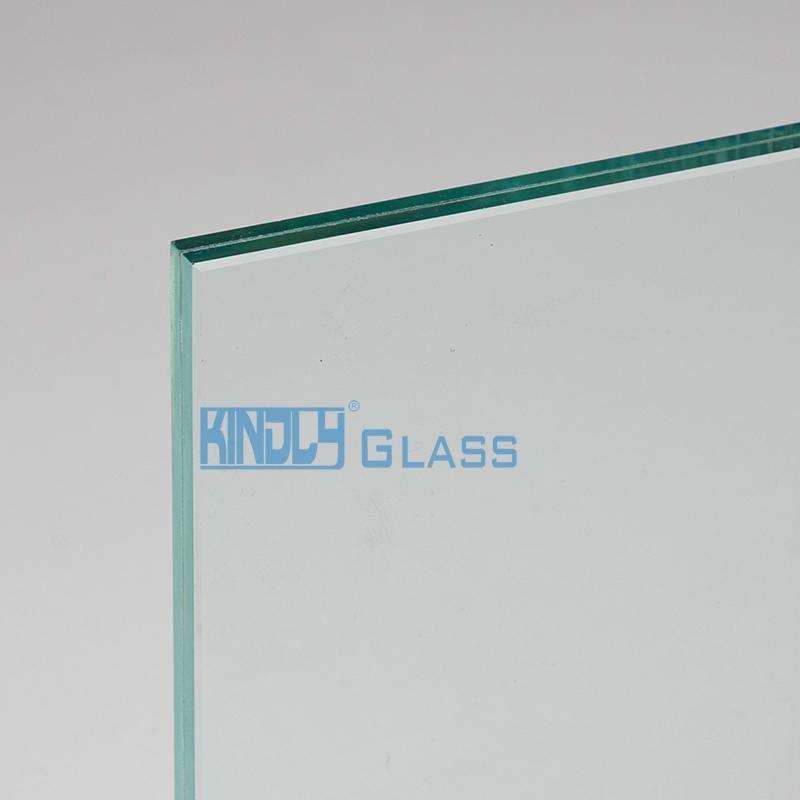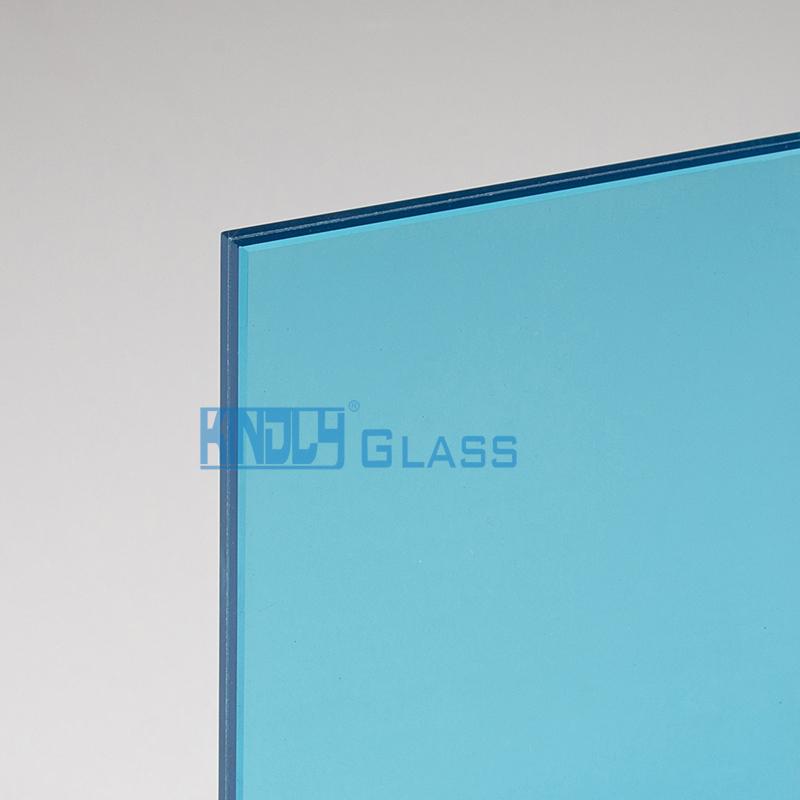Bulletproof Glass Specifications
|
Shapes
|
Square, Round, Triangle, Arch, Octagon, Custom
|
|
Glass Types
|
Float Glass (Standard)
|
|
Glass Thickness
|
3/4”(19mm),1 1/10”(27mm),1 2/5"(36mm),
1 3/5"(40mm), 2 1/4"(56mm)
|
|
Colors
|
Clear, Ultra Clear,Grey, Bronze,Blue.
|
|
Glass Edge Work
|
Flat Polish
|
Where is bulletproof glass used?
Bulletproof glass comes in all shapes and sizes to give different levels of protection in different situations. You're most likely to find it in places like banks, where the tellers typically sit behind thick bulletproof windows and use bulletproof drawers to exchange paperwork and money with customers. Generally speaking, the thicker the glass and the more layers it has, the more energy it can absorb and the more protection it will give. Basic bulletproof glass ranges from about 3cm (1.185 in) to 4cm (1.59 in) thick, but it can be made twice this thick if necessary.
The only problem is, the thicker you make bulletproof glass the heavier it becomes. That may not be a problem in a bank, but it's certainly a consideration when you're trying to bulletproof a president's car or a "Popemobile". Making bulletproof glass thicker also makes it slightly more opaque, because light struggles to get through all those extra layers. That can cause difficulties if it impairs the driver's visibility. Rap artist Buster Rhymes ran into problems in 2007 when police stopped his SUV (with its 5cm/2in-thick bulletproof glass) "for having excessively tinted windows" (only 70 percent light transmission).
Standards for bulletproof glass
.png)
Chart: You need thicker glass to stop bullets with higher velocities and energies. This chart compares the effectiveness of bulletproof glass rated BR1–7 on the standard EN/CEN 1063. BR1 would typically be around 13–15mm (0.5–0.6in) thick; BR7 would be more like 75–85mm (3–3.5in)—roughly six times thicker.
Different standards exist in different parts of the world. In the United States, the effectiveness of bulletproof glass is typically compared using NIJ (National Institute of Justice) Standard 0108 for Ballistic Resistant Protective Materials (September 1985), which lists seven kinds of armor broken into five main types (Types I, II-A, II, III-A, III, IV, and Special). The highest classification, Type IV, must be able to cope with a single hit from a 30-caliber armor piercing rifle with a bullet mass of 10.8g and measured velocity of 868±15m/s. In the UK, the relevant British Standard is BS EN 1063:2000, which compares nine different types of glass (BR1 for handguns and rifles, BR2–4 for handguns, BR5–7 for rifles; and SG1–2 for shotguns). Elsewhere in Europe, that's equivalent to CEN 1063.



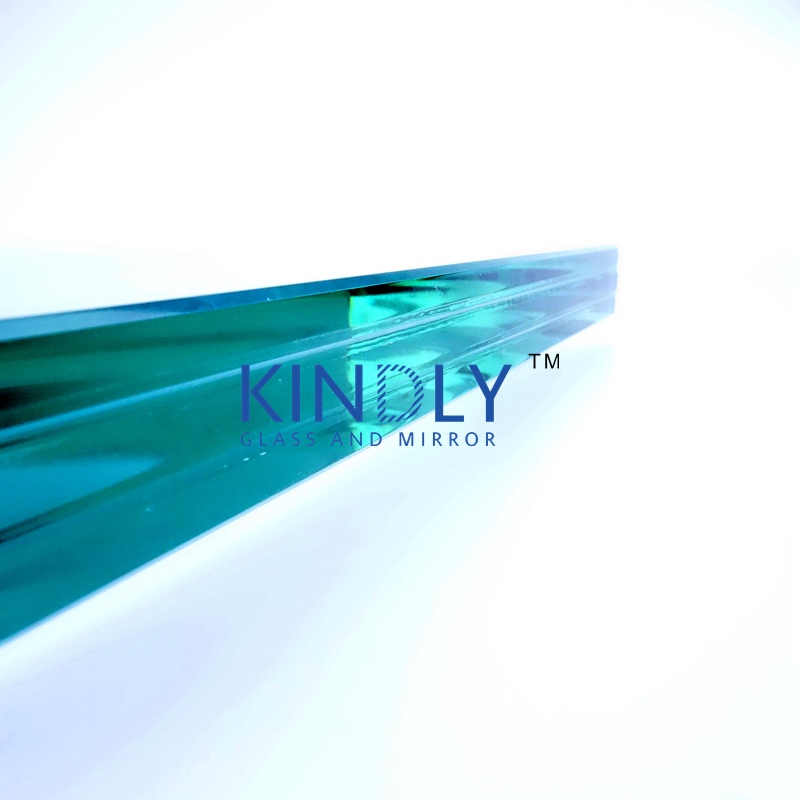
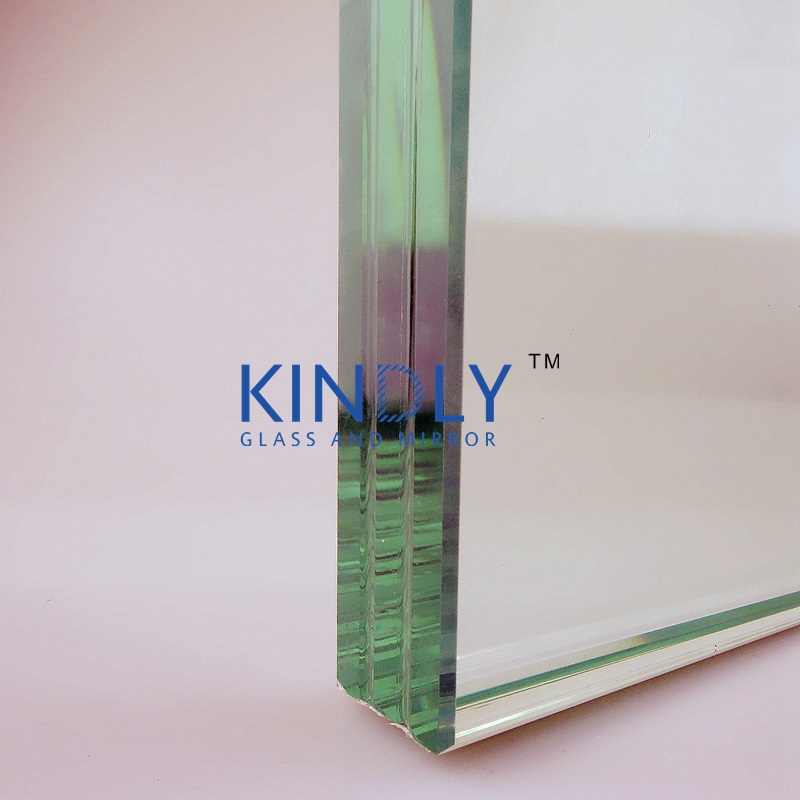
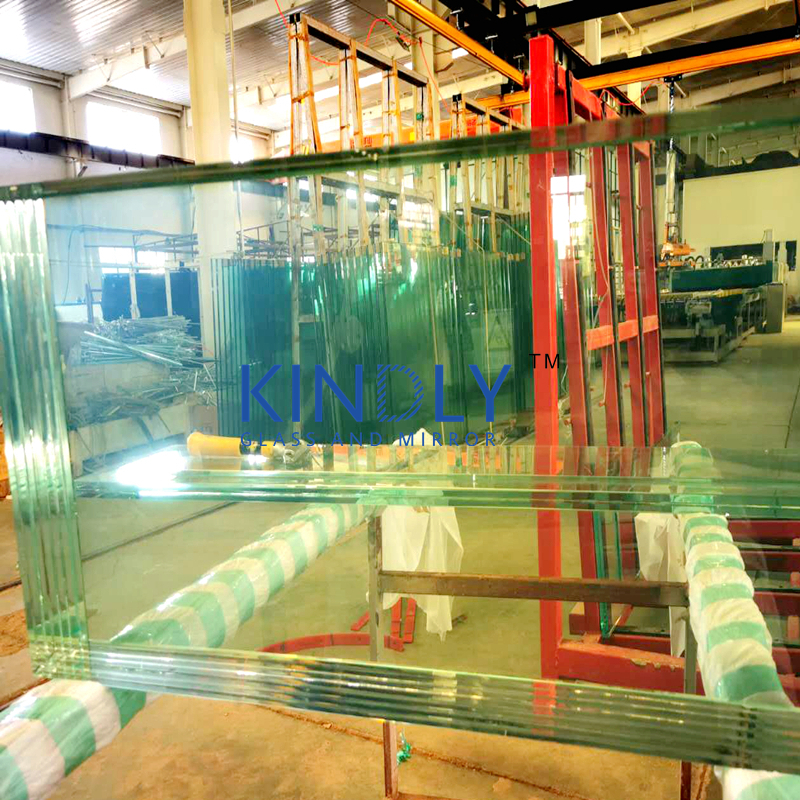
552.jpg)

.png)
